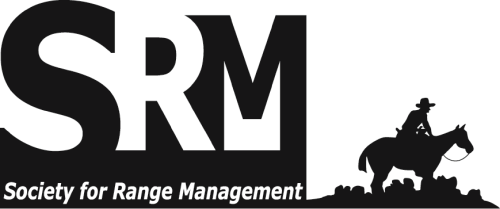We used photography-based grid point intercept (GPI) analysis and Daubenmire to assess ecosystem services in high-shrub rangelands. Cover estimates were higher for some functional groups when using Daubenmire, likely because Daubenmire frames were situated below the shrub canopy and thus included subcanopy cover, whereas GPI photographs taken above the canopy could not eliminate shrubs that obscured subcanopy attributes. Choice of methods affected assessment of two ecosystem services: sage-grouse habitat quality and site biodiversity; each was higher when using Daubenmire. Understanding cover-estimate differences that stem from using GPI photo plots versus Daubenmire will allow practitioners to decide if GPI methods address project objectives. The Rangelands archives are made available by the Society for Range Management and the University of Arizona Libraries. Contact lbry-journals@email.arizona.edu for further information.

Practical, non-technical peer-reviewed articles published by the Society for Range Management. Access articles on a rolling-window basis from vol 1, 1979 up to 3 years from the current year. More recent content is available by subscription from SRM.